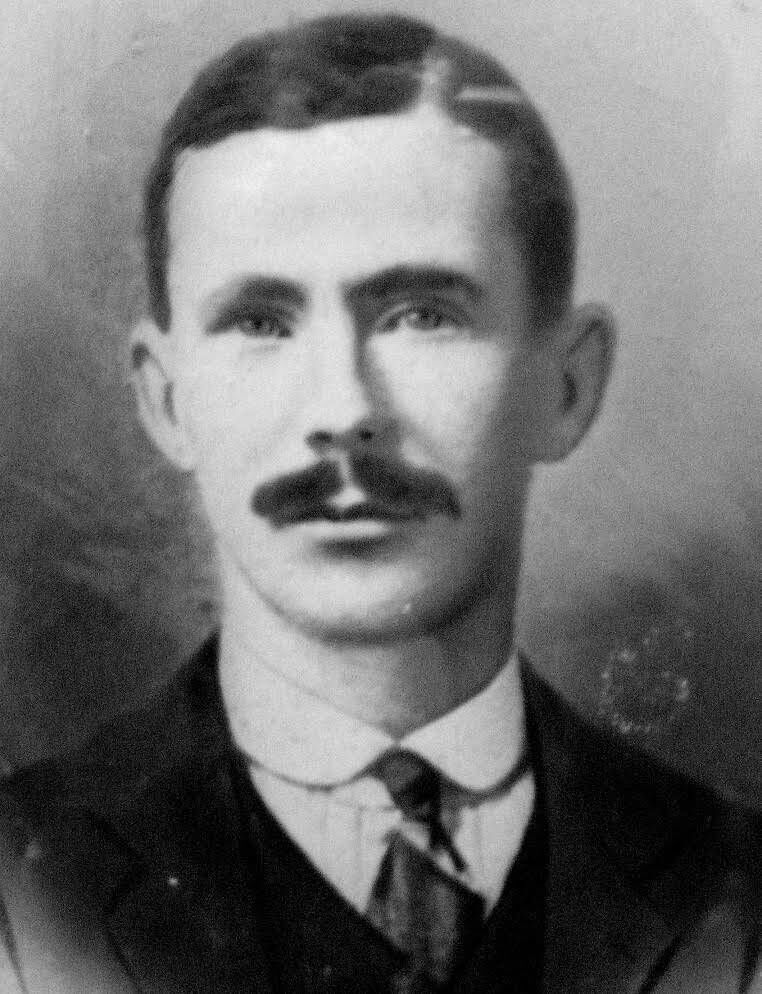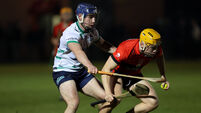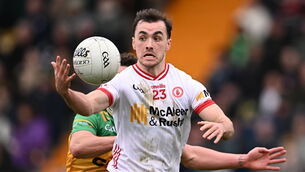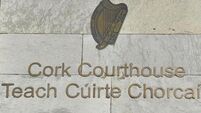‘Brave was the heart that perished
In Spike Island’s lonely square;
With a bullet deep in his bosom
and his blood flowing freely there;
And his comrades knelt around him
As his moans they rent the air;
For his dear and loving parents
Who were far away in Clare.’
- Michael O’Sullivan, Castletownbere (1921)
Kerryman Pat O’Shea witnessed much on the GAA fields during his short but stellar career in the green and gold as he cemented his status as one of the greatest exponents in the art of high fielding.
It’s why, just a few short years after the Wright brothers had taken flight for the first time, he was christened ‘Aeroplane’.
O’Shea was part of the Kerry squad that forfeited the 1910 All-Ireland to Louth after going on strike and refusing to travel to Dublin for the final over the conditions on the Great Southern and Western Railway; he was a star of the Croke Memorial Cup finals against Louth in 1913 that brought mass appeal to the GAA for the first time, while he was an All-Ireland winner on the double in 1913 and ’14.
However, what happened in a game of hurling on Spike Island internment camp 100 years ago this week impacted on him as much as any heights he reached with Kerry, his club John Mitchels or his native Castlegregory where he first kickeda ball.
O’Shea wasn’t a hurling man, but was no stranger to hurleys. In the days before 1916 he’d used one while drilling with his fellow Irish Volunteers and in Spike Island he took an interest once more.
The evening of 31 May, 1921 was given over to what the prison guards called ‘the game of sticks’, with 36-year-old Patrick White from Meelick in Clare being an enthusiastic participant.
White shared a hut with O’Shea and his fellow Clare man, Thomas Ringrose, who were with him in the minutes before the game began.

“He looked around the hut,” recalled Ringrose, who was busy reading a newspaper that had been spirited into the camp, “saw a hurley, picked it up and said, ‘I will go out and hurl, come out after with the news’.”
“White was a man of medium height, stocky in build and with one leg slightly shorter than the other which caused a slight limp when he walked,” wrote O’Shea in an unpublished memoir.
“This little disability did not seem to cause him any convenience, either in work or play. He was in particular a very keen and skilful hurler. That day I delayed in the hut to do a few chores before crossing the compound to watch the hurlers. White had already gone out and seeing that the prospects for a match were good, rushed back to his quarters for a hurley.”
However, O’Shea never got to see his friend play that day, while Ringrose never got to relay all the news from the paper — instead Patrick White was the news.
“I heard a shot and on looking through the window I saw somebody throw up their hands and fall back,” said Ringrose. “I dashed out hoping it was not White, but indeed it was.”
“I was startled by the sound of a single rifle shot,” recalled O’Shea. “I rushed to the door and I saw the figure lying on the ground surrounded by a group of internees. One of them shouted, ‘Paddy White is calling for you’. That was the first intimation it was our dear comrade from Meelick.”
White, who was a captain in Meelick company of the East Clare Brigade, died shortly afterwards. His killer, Capt H.W. Whitehead of the King’s Own Scottish Borderers regiment, told a Military Court that his orders were to “fire at any internee tampering with the wire”, adding that, “in accordance with my orders I fired at him and hit him”.

However, his commanding officer, Colonel H.W. Higginson, said Whitehead displayed “gross stupidity” and “it was unnecessary for him to have fired”.
“The shooting was deliberate murder,” said Pat O’Shea. “The breakout of three IRA musketeers (from Spike Island) was made level by the blood of Pat White. Poor Paddy had been doing something that, which others had done hundreds of times. The sliotar had been pucked under the strands of barbed wire and he went to retrieve it with his hurley. No warning was given. The moment the hurley touched the coils of wire the sentry fired at a man he would never have dared to meet on equal terms.”
“I held him until he died,” remembered Ringrose. “The only words he spoke were, ‘what will my poor people do’.”
A few days later, his people buried him in the Republican plot in Meelick Churchyard.


CONNECT WITH US TODAY
Be the first to know the latest news and updates











